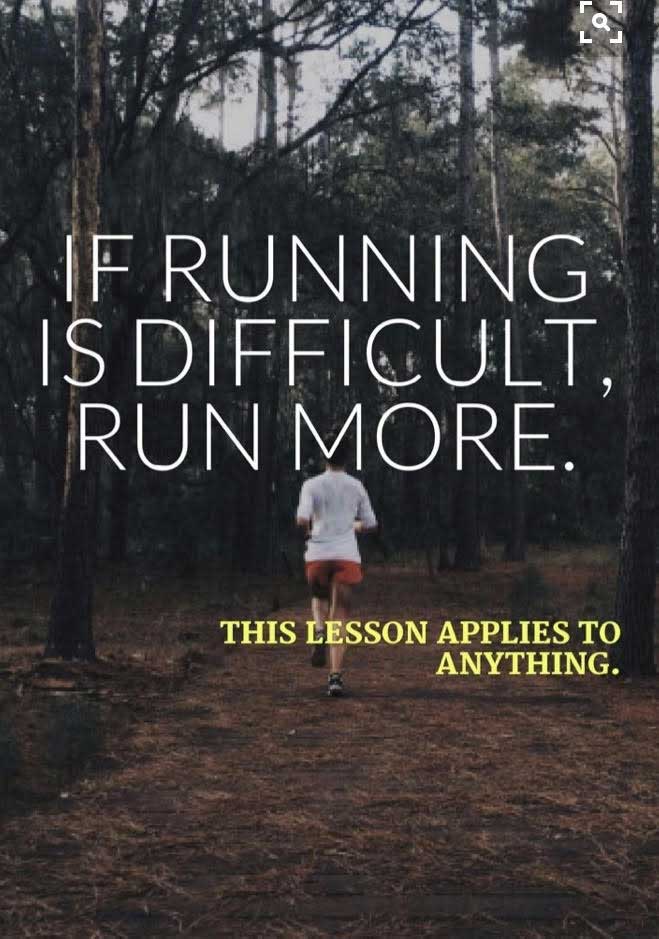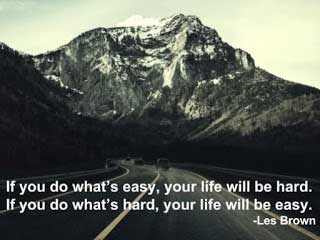3 Ways to Find Comfort With Discomfort


I’ve had several recent conversations with friends, educators and non-educators, about discomfort. Many of them were driven bt the news of a school pulling “To Kill A Mockingbird” because it made kids uncomfortable. My Goodness! And, all of these conversations revolved around today’s students and how education treats them in regards to their discomfort. For whatever reason, fear of lawsuits, not enough resources to deal with the parent complaints, wanting desperately to be “short term liked” by the student, or whatever else it may be… education has fallen down the slippery slope of helping students avoid discomfort. It’s not the students’ fault...they’re kids! We cannot expect them to know how good discomfort is for them and their future self. Yet we help them avoid discomfort as if THEY know what they need. We allow them to blame outside forces all too often by turning verbiage into a perpetrator that we call a “trigger word”. Our focus has shifted to the outside force instead of building capability to deal with it inside the impacted person.
We are the adults and WE should know that real life will make us uncomfortable, no matter how smart we are or how well our intentions may be. Life WILL force us into uncomfortable situations and the only way to better deal with it is to engage with discomfort as often as possible when we are young and DO have support to help us learn how to deal with it instead of avoiding it. As educators, we need to model this for our kids. We have amazing opportunities for improving our craft, all around us. Implementing new instructional models, technology, structures, grading practices, etc.. can be scary and will be uncomfortable. Being able to model this for our students is a huge teaching tool we can and should leverage to help them prepare for real world discomfort as opposed to assisting avoidance.
So, how do we help kids “deal with it” once we commit to refraining from helping them avoid it? I think there are a ton of different frameworks that can work. Different people have different ways of talking about facing discomfort and tackling it head on. But, I don’t think this is a “one and done” topic for anyone. Like staying healthy, it’s a lifestyle approach that needs to be constantly fed. I feed my skill in dealing with discomfort with these three simple (it has to be simple if it’s gonna work for me) moves that I believe are simple enough to use with kids as well:
Find The Funny
There is comedy in discomfort! Having the ability to laugh at reality is a crucial life skill, even though sometimes the laughing is at one’s own self. One of my biggest areas of discomfort used to be the “awkward silence”, especially when in groups. For me, I spent a LOT of my life uncomfortable with the absence of sound. About 10 years ago, I was attending regular meetings led by someone who was magnificent at creating awkward silence. I absolutely hated it at first. Then a co-worker (also in regular attendance of those meetings) said to me, “You ever look around the room during the awkward silences? It’s hysterical.” That right there cured my discomfort with awkward silence...for good. If we can help kids find the funny in discomfort, we can help them laugh and laughing cures quite a bit of things...even discomfort.
Own The Squirm
A good chunk of my discomfort comes from trying to hide it from others. I’ve found that I can usually cut (if not eliminate) discomfort in half if I can conjure up the energy to make it known, to everyone involved, that I’m uncomfortable with something. Simply pushing out the words, “Holy cow, I’m so not comfortable with this right now” does wonders for me and the anxiety that buddies around with discomfort. If we can help kids own what makes them squirm, we can help them rid some of their nervousness that hinders their performance during uncomfortable situations.
Tools and ideas to transform education. Sign up below.
Go Alone
Finally, the coach in me wraps up with “Practice Practice Practice”. Getting better will not just happen, especially when under pressure, even if we know about tips and tricks. Les Brown says “If you do what’s hard, life will be easy.” So, I do things that are hard to get better at doing things that are hard. I am constantly finding ways to put myself into uncomfortable scenarios that, in the grand scheme of things, don’t truly matter. I do triathlons for two equal reasons: 1. To stay healthy 2. Because it makes me better at being uncomfortable. Triathlons and the associated training are my way of practicing being uncomfortable, by myself, in low stakes settings. If I suck at it, nobody knows or really cares. It allows me to find the funny by laughing at myself when I vomit in the middle of a run. It allows me to own the squirm by talking to other racers about how nervous I get at the start line. I’m not saying that we should all be long distance racers. But we can all help kids find something to do on their own that initiates the practice of getting better with discomfort in situations where screwing up won’t have life altering impacts.
So, next time a kid (someone else’s or our own child) starts squirming, complains of discomfort, let’s help them through it instead of getting them out of it!

Sean Crevier is a Technology Integration Coach and Business Teacher at Vernon Hills High School in Illinois. He is a TEDx Organizer, Chrome Classroom Certified, FlipClass Certified, and Google Certified Teacher. Read more at busedcrev.blogspot.com.
